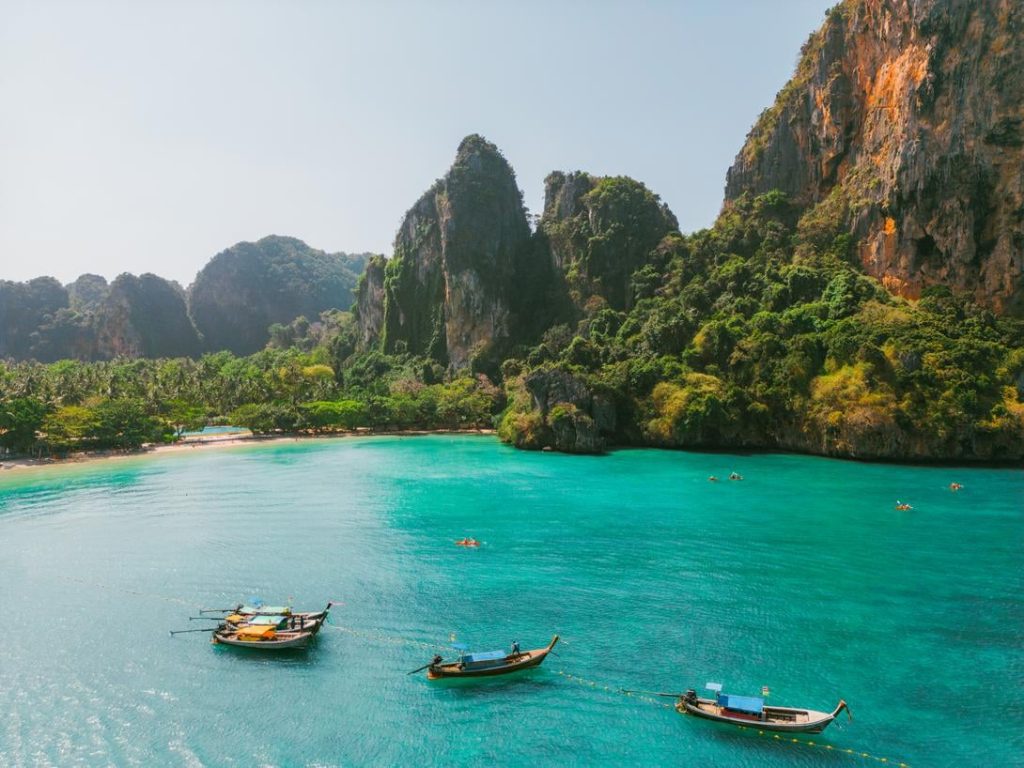Introduction to Budget Travel in Thailand
Traveling to Thailand doesn’t have to break the bank. With its stunning temples, vibrant street markets, and delicious street food, there are plenty of ways to explore this beautiful country without overspending. Here are some tips to help you make the most of your trip.
Planning Your Budget Trip
Choosing the Right Time to Visit
Traveling during the off-season can significantly reduce costs. The cool and dry season, from November to March, is ideal for visiting Thailand, with temperatures around 30 °C. This period offers a more comfortable climate and lower prices for accommodations and tourist attractions.
Budget-Friendly Accommodations
Opt for hostels, guesthouses, or budget hotels instead of luxury resorts. These options provide comfortable stays at affordable prices. Booking in advance can secure lower rates. For a unique experience, consider homestays or eco-lodges, which offer a chance to immerse yourself in local culture without the high cost.
Exploring Thailand on a Budget
Free and Low-Cost Attractions
Thailand is filled with stunning temples, beautiful beaches, and lively street markets that are either free or low-cost. Visit smaller monasteries and temples that offer free admission to experience the rich religious heritage without the crowds. Avoid expensive tours and focus on exploring local markets and cultural events.
Utilizing Local Transportation
Use local transportation like buses, trains, and songthaews to get around. These options are not only budget-friendly but also offer a more authentic experience. Tuk-tuks can be pricey and often involve detours to commission-paying shops, so use them sparingly. Ride-sharing apps like Grab can be convenient but may cost more than metered taxis.
Eating and Shopping on a Budget
Enjoying Street Food
Thai street food is a culinary delight and very affordable. Try popular dishes like Pad Thai, Satay, and Papaya Salad at local markets. In Bangkok, Yaowarat (Chinatown) is a must-visit for its diverse dining options. Phuket Weekend Market offers a mix of local favorites and exotic delicacies.
Shopping at Local Markets
Visit local markets for shopping instead of high-end malls. These markets offer a wide range of goods at affordable prices and provide a lively atmosphere that’s quintessentially Thai.
Additional Budget Tips
Island Hopping and Ferries
When island hopping, use ferries, which are cheap and run frequently. You can buy tickets at the ferry station or a day in advance to ensure availability. Avoid internal flights and tourist minivans; instead, use public buses and trains for inter-city travel.
Work Exchanges and Community Involvement
Consider work exchanges for accommodation, which can be a cost-effective way to stay in Thailand while gaining unique experiences. Websites like Worldpackers offer opportunities to live with locals and learn about their culture.
Final Budget Tips
Avoiding Tourist Traps
Be mindful of tourist traps, especially when using tuk-tuks or bargaining with taxi drivers. Insist on using the meter to avoid inflated prices. For local trips, use songthaews or metered taxis for more stable fares.
Budgeting for Activities
Focus on free or low-cost activities like visiting beaches, exploring local markets, and attending cultural events. Skip expensive tours and opt for self-guided explorations to save money and experience the authentic side of Thailand.


